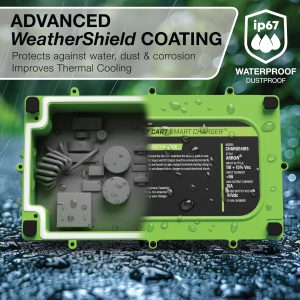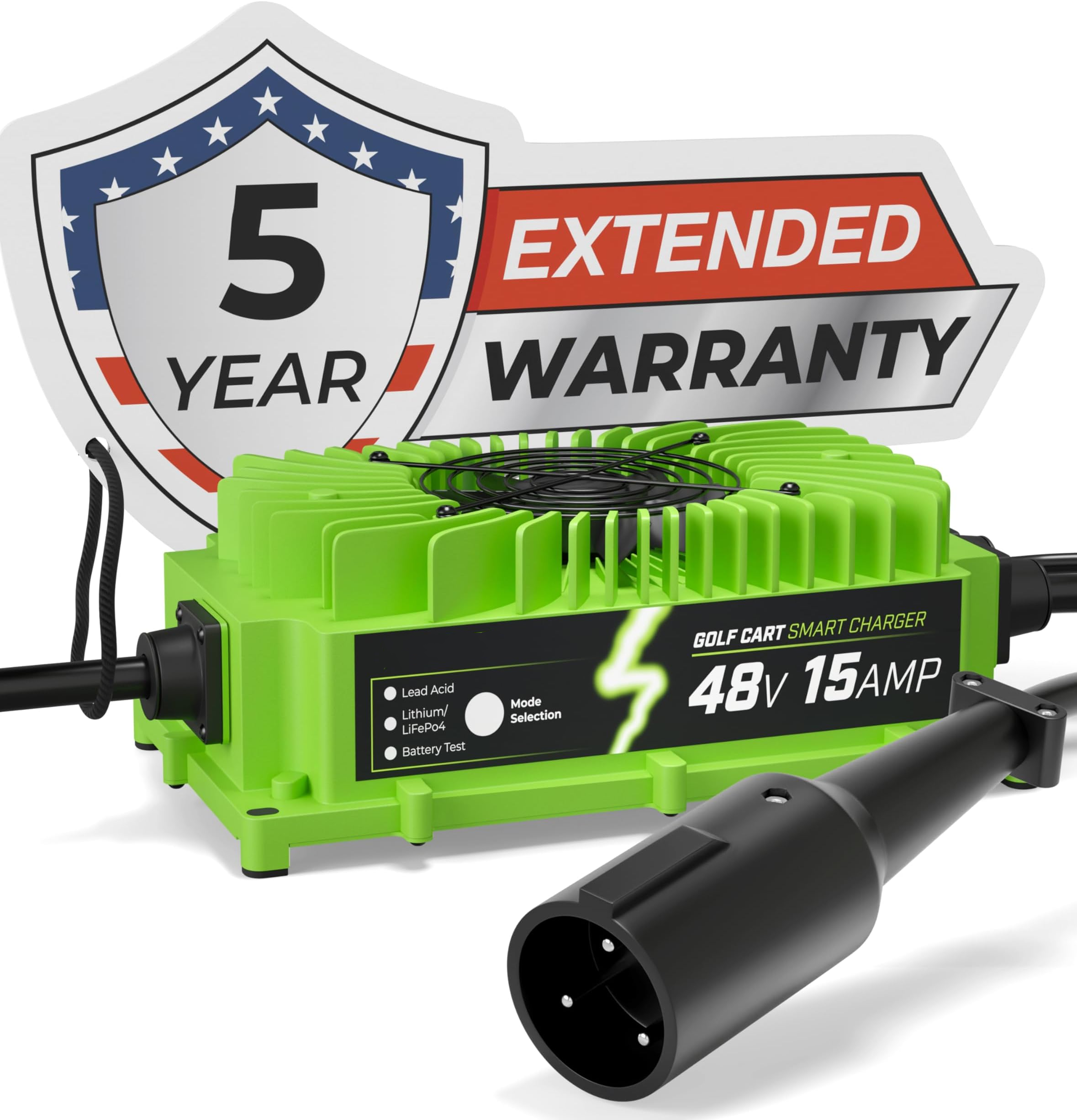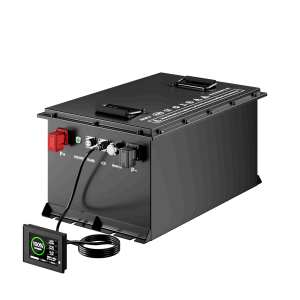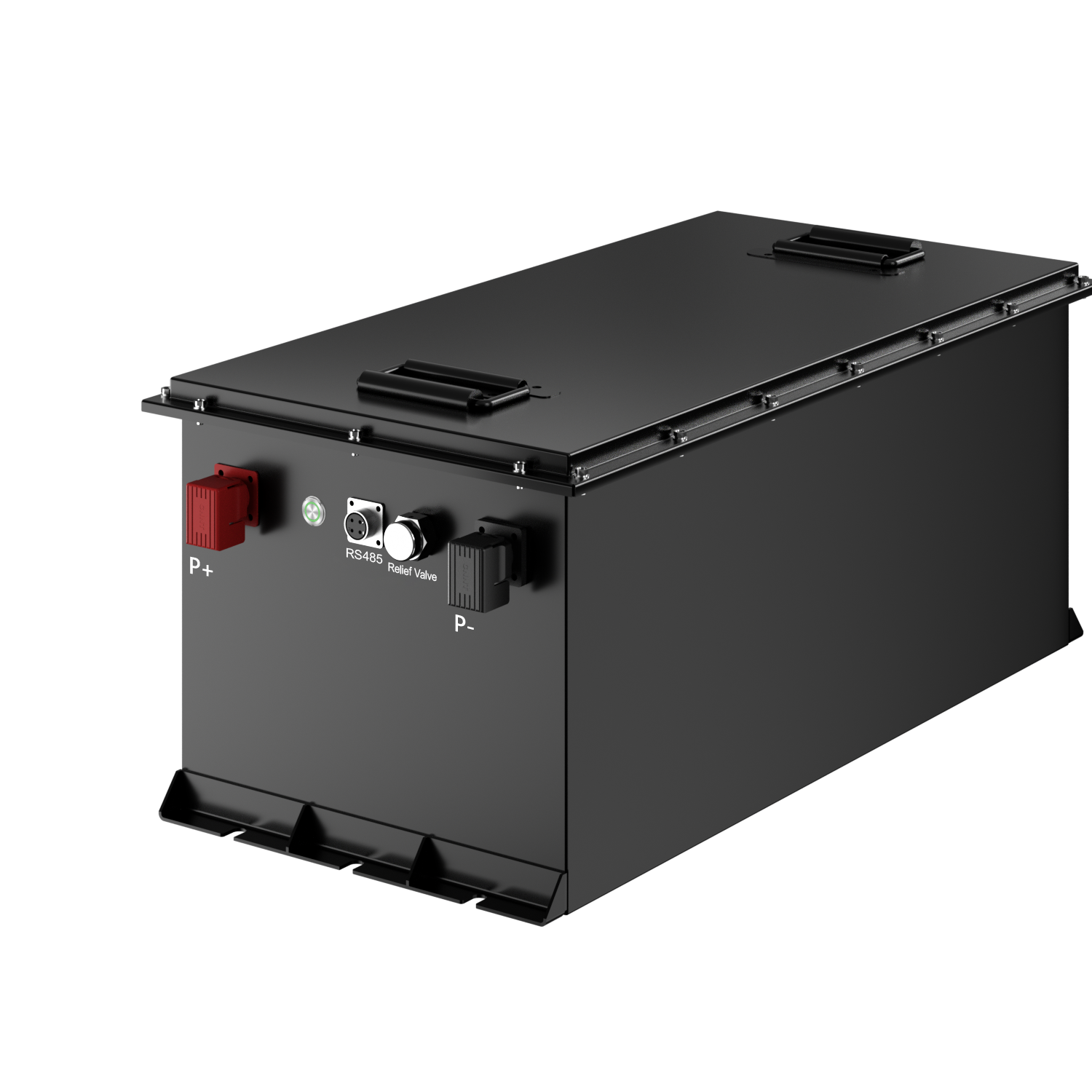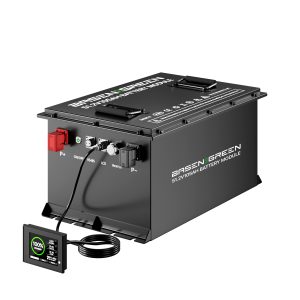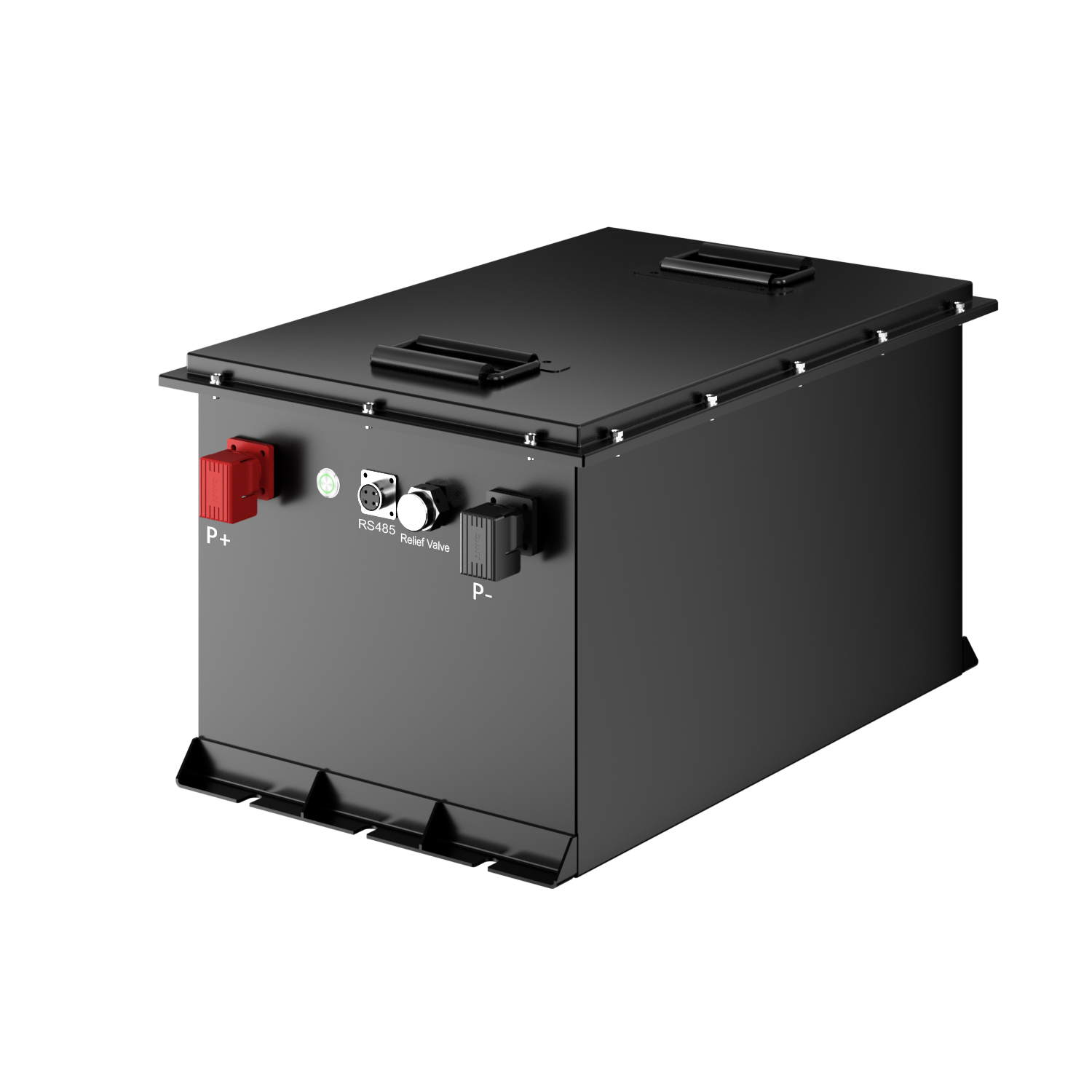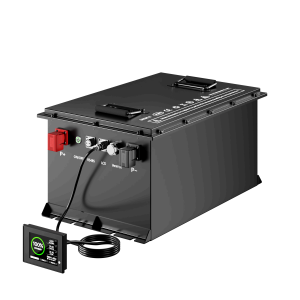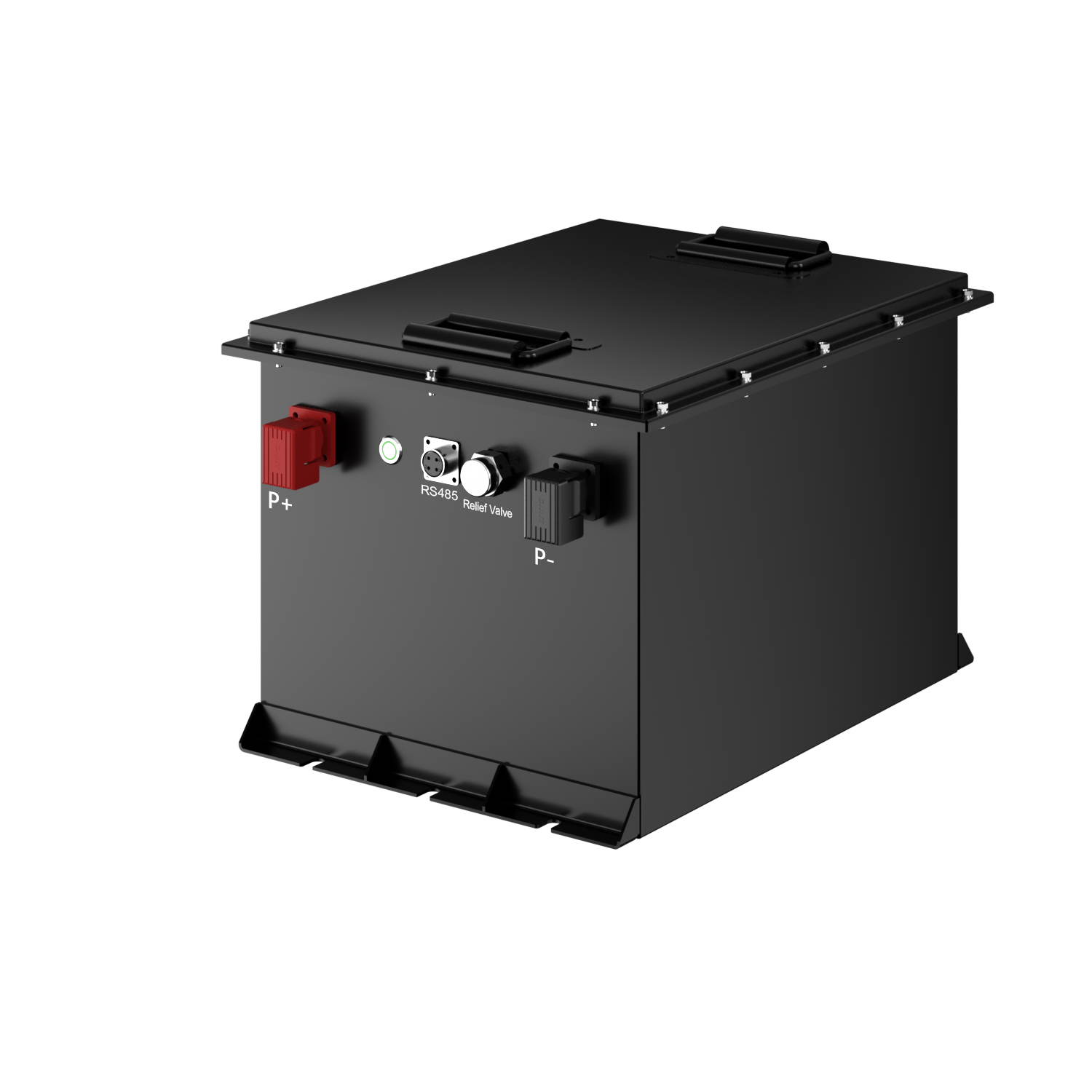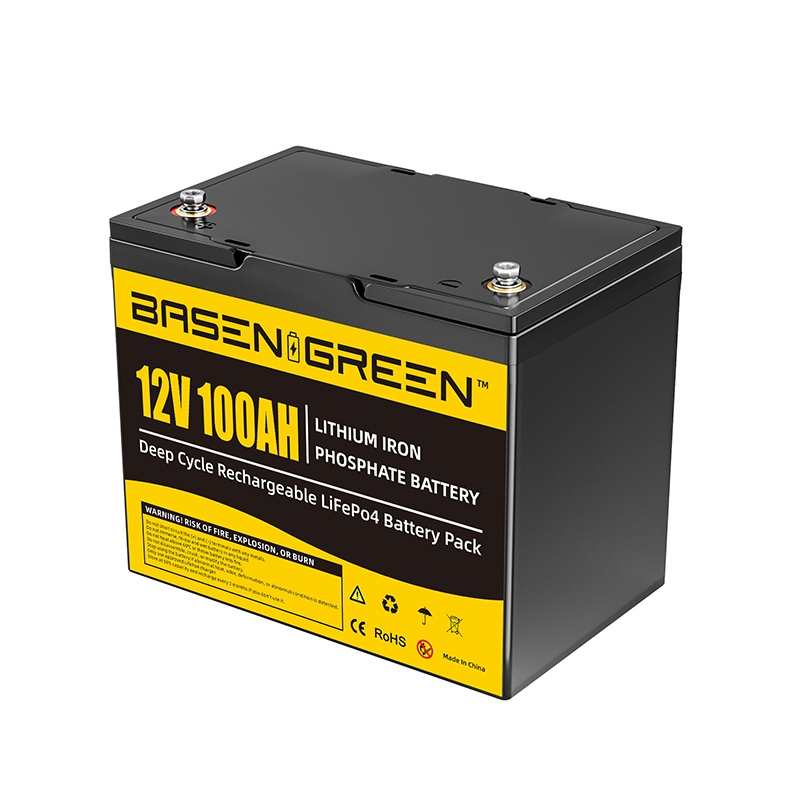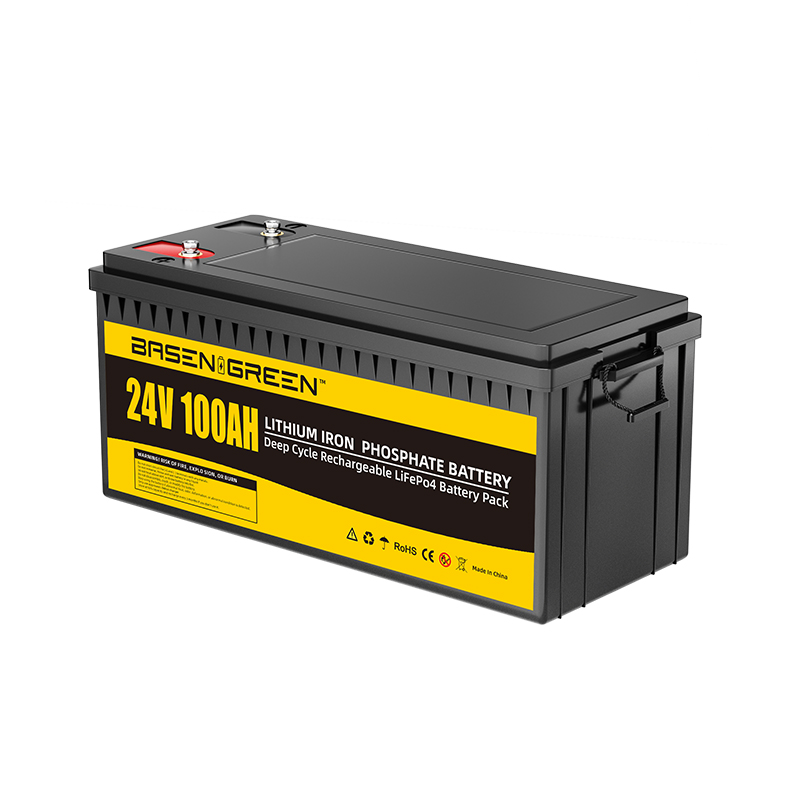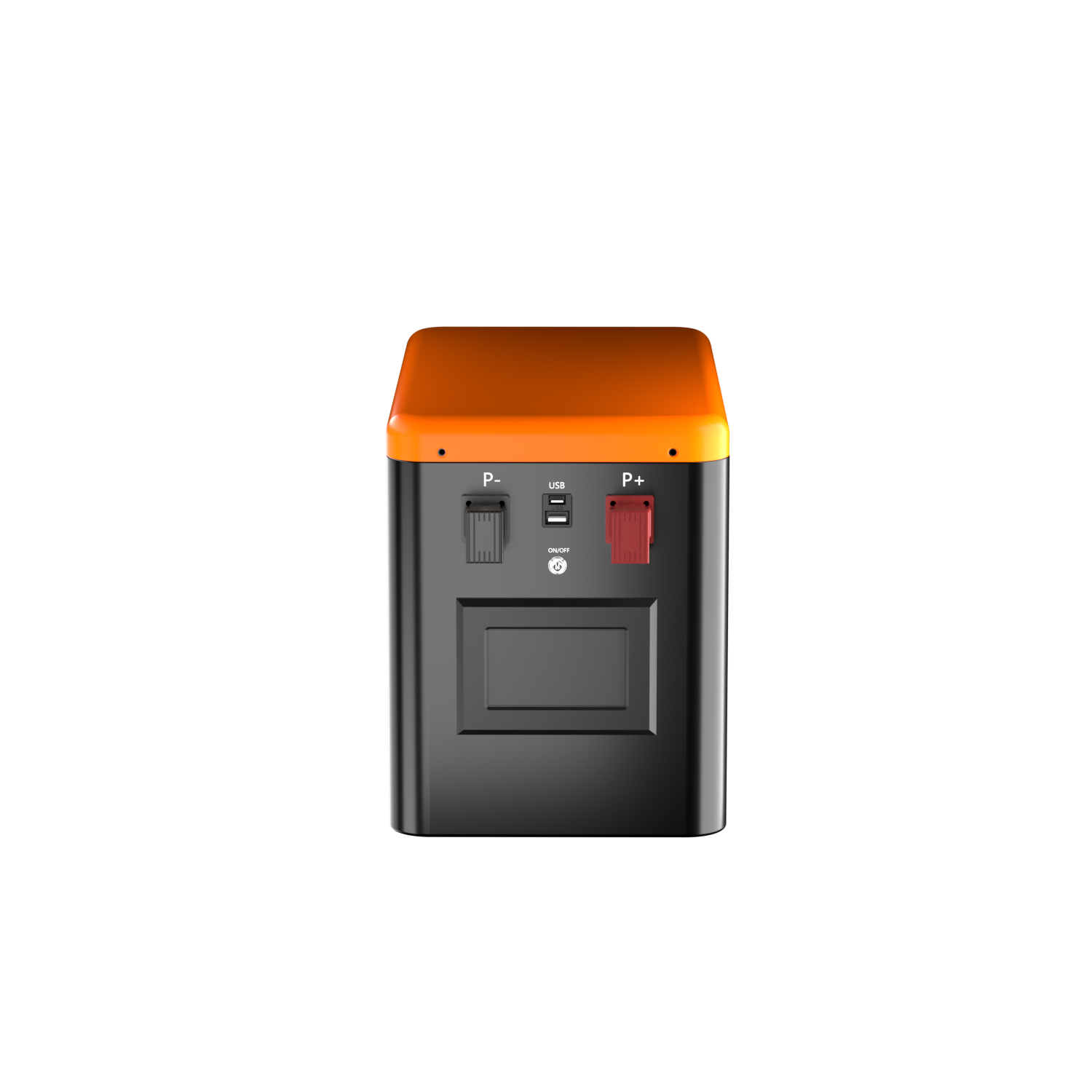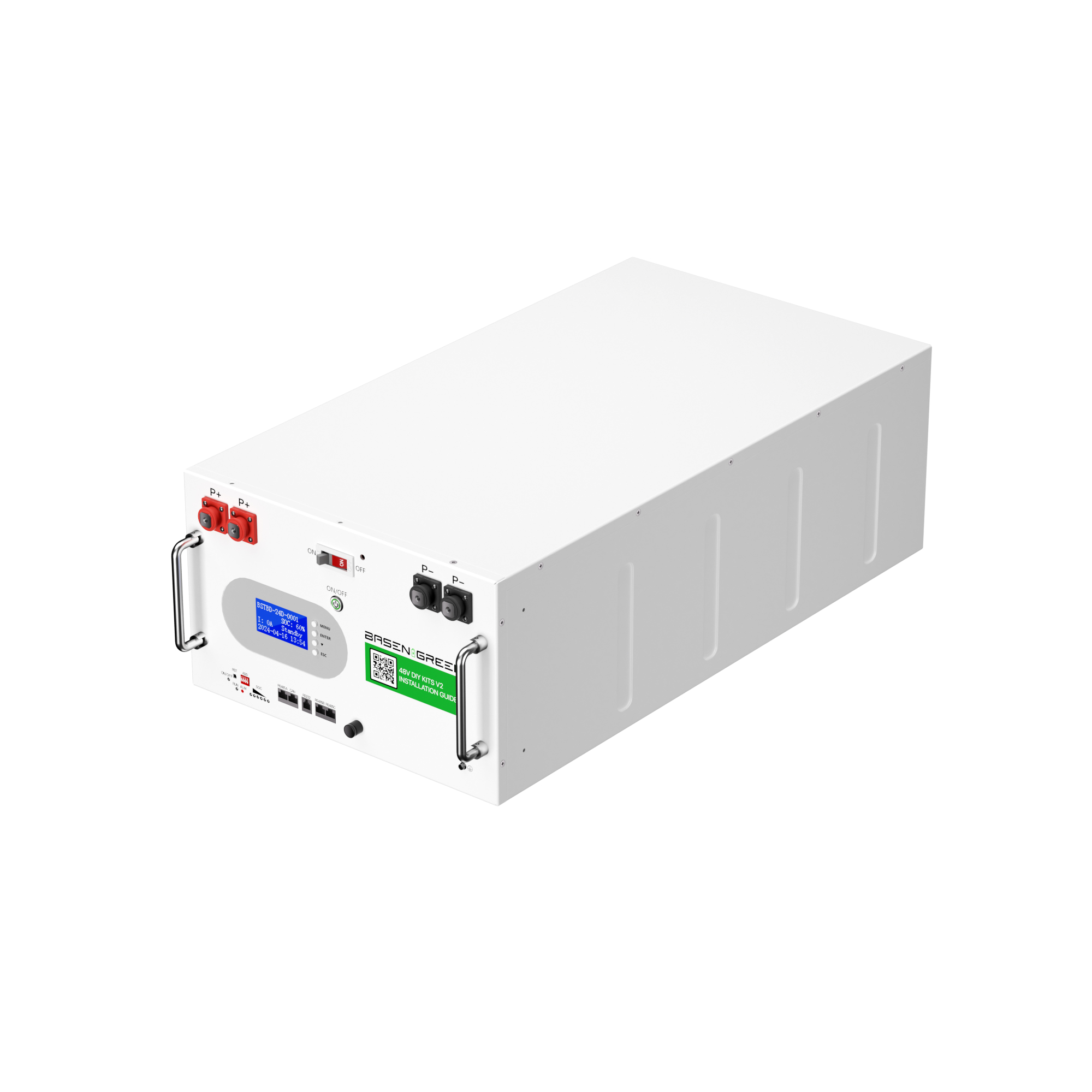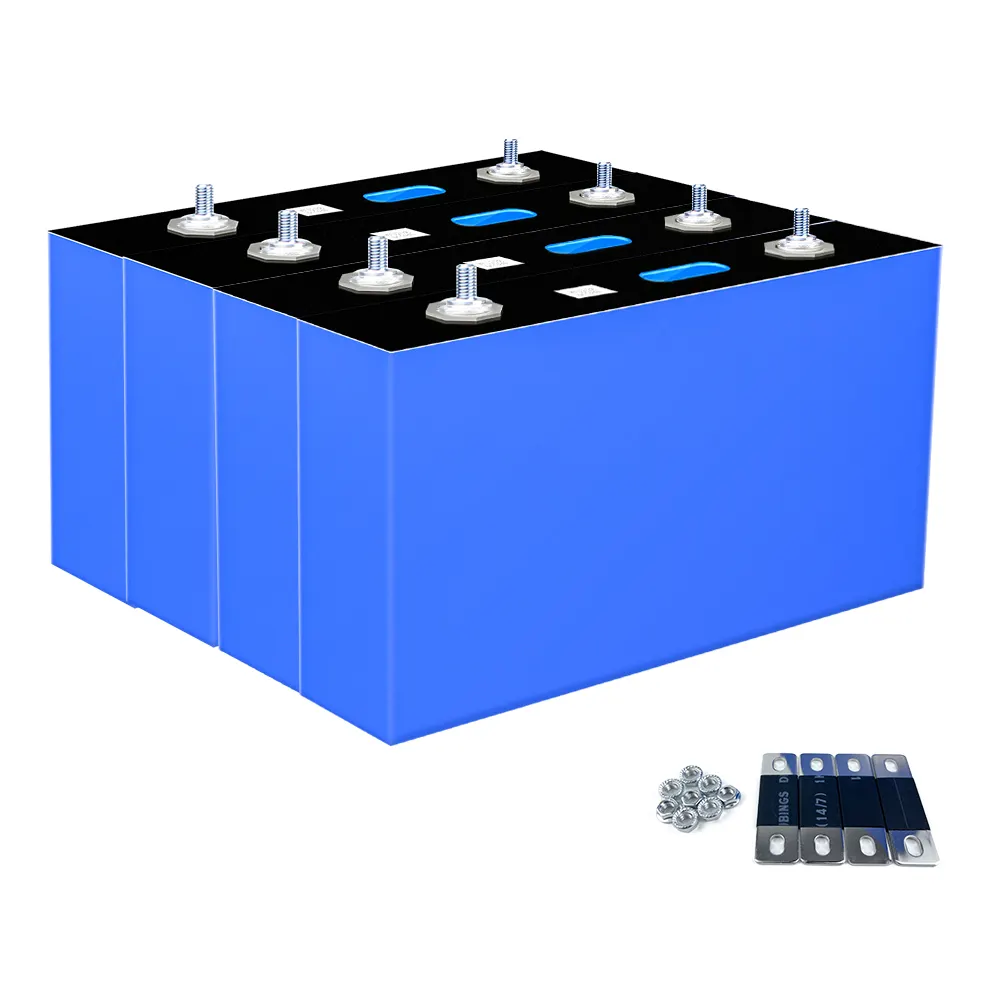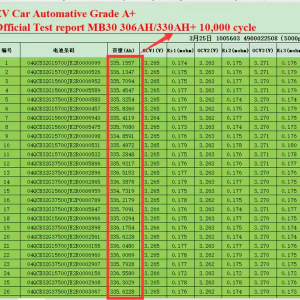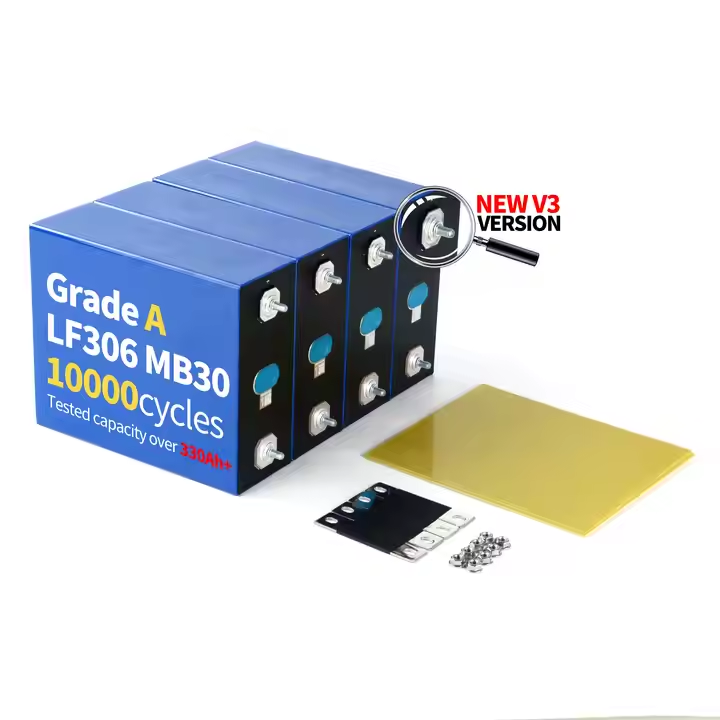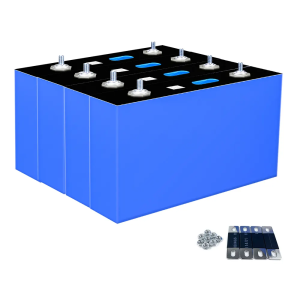Inverter
Deye inverter stability test in extreme cold (-20°C)
Deye Inverter Stability Test in Extreme Cold (-20°C)
Solar energy has become a cornerstone of renewable energy systems worldwide, and inverters play a critical role in converting the DC power generated by solar panels into usable AC power for homes and businesses. Among the many factors that affect the performance of solar systems, extreme weather conditions, particularly extreme cold, can pose significant challenges to the stability and efficiency of inverters. , we will explore the stability and performance of Deye inverters in extreme cold conditions, specifically at -20°C, and evaluate their ability to maintain functionality under such harsh environments.
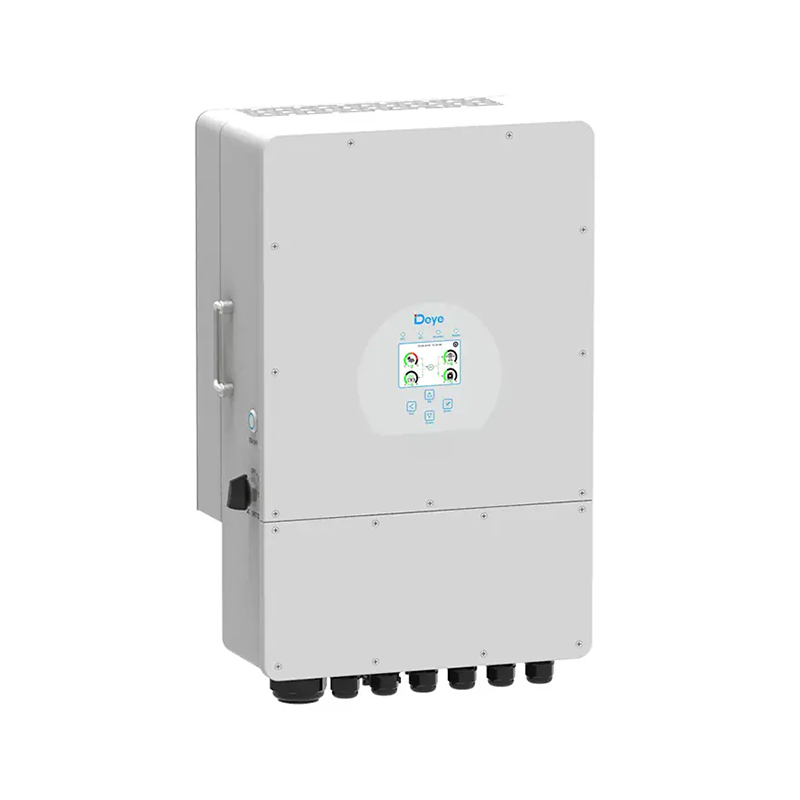
Understanding Inverter Performance in Extreme Cold
Inverters are electronic devices that are sensitive to temperature fluctuations. Extreme cold can affect their efficiency, stability, and overall performance. At -20°C, the operating environment becomes particularly challenging due to the following factors:
Thermal Stress: Extreme cold can cause thermal stress on the internal components of the inverter. This stress can lead to reduced efficiency and, in some cases, damage to the device if it is not designed to handle such conditions.
Battery Performance: Many inverters rely on batteries to store energy, and cold temperatures can degrade battery performance. This, in turn, can affect the overall efficiency and stability of the inverter.
Electrical Components: Cold temperatures can cause electrical components to become brittle and less conductive, which can lead to malfunctions or reduced efficiency.
Given these challenges, testing the stability of inverters in extreme cold is essential to ensure their reliability and performance in real-world scenarios.
Deye Inverter Stability Test in Extreme Cold
Deye, a leading manufacturer of solar inverters, has conducted extensive testing to evaluate the performance of its inverters in extreme cold conditions. These tests are designed to simulate real-world scenarios and assess the ability of the inverters to maintain stability and efficiency at -20°C.
Test SetupThe stability tests for Deye inverters in extreme cold conditions were conducted in a controlled environment where the temperature was maintained at -20°C. The tests were performed on several models of Deye inverters, including both string inverters and microinverters, to assess their performance under identical conditions.
Key aspects of the test setup included:
Temperature Control: The testing environment was precisely controlled to maintain a constant temperature of -20°C throughout the testing process.
Power Input: The inverters were connected to a simulated DC power source that mimicked the output of a typical solar panel array under varying conditions.
Load Conditions: The inverters were tested under different load conditions to evaluate their ability to maintain stability and efficiency.
Monitoring: The inverters were continuously monitored during the testing process to record key performance metrics, including efficiency, output voltage, and overall stability.
Test ResultsThe results of the Deye inverter stability tests in extreme cold conditions were highly encouraging. The inverters demonstrated robust performance and stability at -20°C, with minimal impact on efficiency and no signs of malfunctions or damage.
Efficiency: The efficiency of the Deye inverters remained consistent throughout the testing process, with minimal degradation even at -20°C. This is a testament to the advanced cooling systems and thermal management techniques employed by Deye in the design of its inverters.
Stability: The inverters maintained stable operation under all tested conditions, including varying load levels and fluctuating power inputs. This stability is crucial for ensuring reliable energy delivery in real-world scenarios.
Durability: The tests also assessed the durability of the inverters in extreme cold conditions. The results showed that the inverters were able to withstand the thermal stress and maintain their performance over extended periods.
Battery Performance: For inverters that rely on batteries, the tests demonstrated that the cold conditions had a negligible impact on battery performance, further contributing to the overall stability of the system.
Why Extreme Cold Testing Matters
Extreme cold testing is crucial for several reasons:
Real-World Reliability: Solar systems are often installed in regions with harsh winter conditions. Testing inverters in extreme cold ensures that they can operate reliably in such environments.
Longevity: Inverters that are tested in extreme conditions are more likely to have a longer lifespan, as they are designed to withstand the stresses of cold temperatures.
Efficiency: While inverters may experience slight efficiency losses in extreme cold, the testing process helps to identify and mitigate these losses, ensuring optimal performance.
The stability and performance of inverters in extreme cold conditions are critical factors in the reliability of solar energy systems. Deye inverters have demonstrated exceptional stability and efficiency at -20°C, showcasing their ability to operate effectively in harsh winter environments. These test results provide confidence to solar system installers and users that Deye inverters are a reliable choice for solar energy solutions, even in the most challenging conditions.
By conducting rigorous testing in extreme cold, Deye continues to set the standard for innovation and reliability in the solar energy industry. As solar technology continues to evolve, such testing will remain essential to ensure the performance and longevity of inverters in real-world applications.

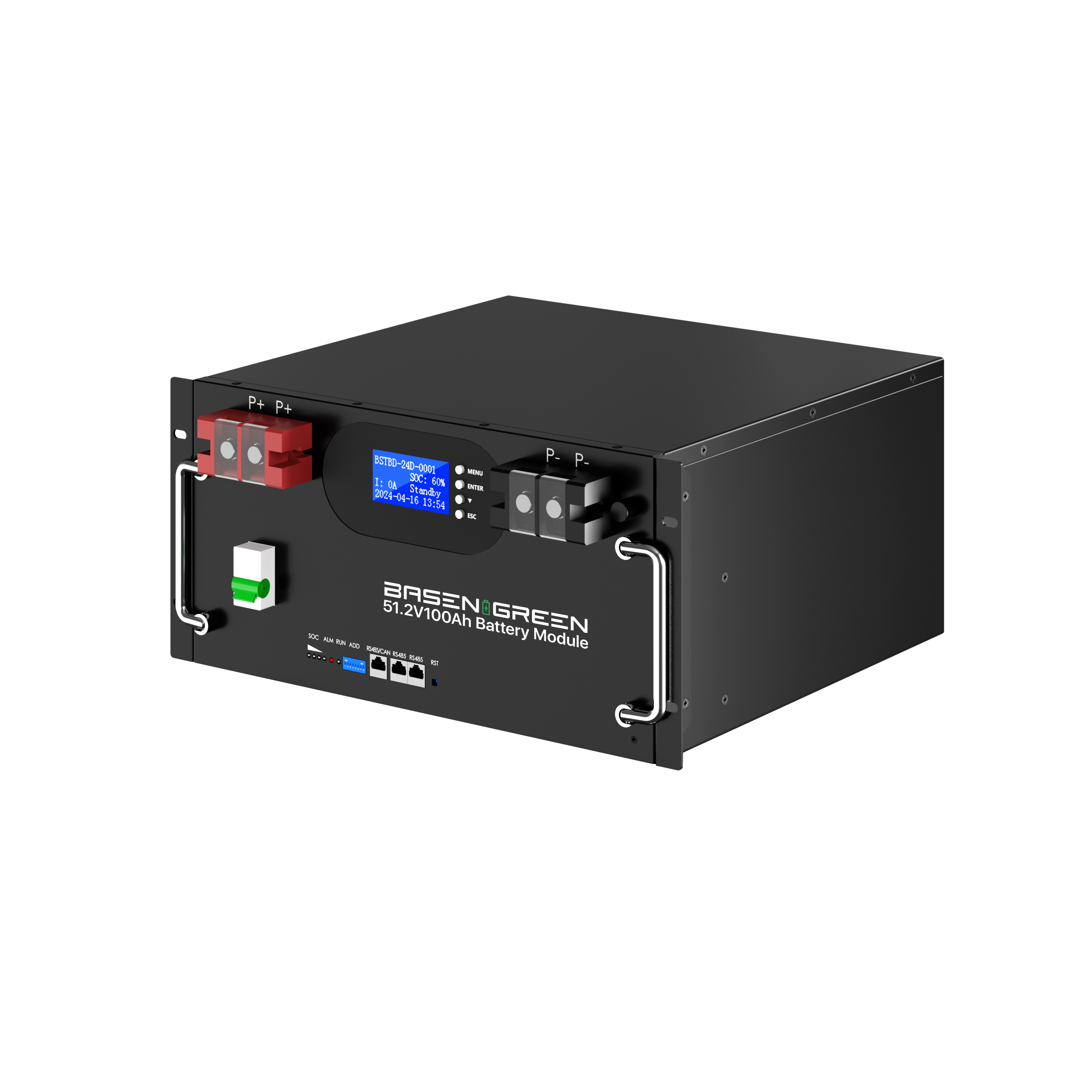
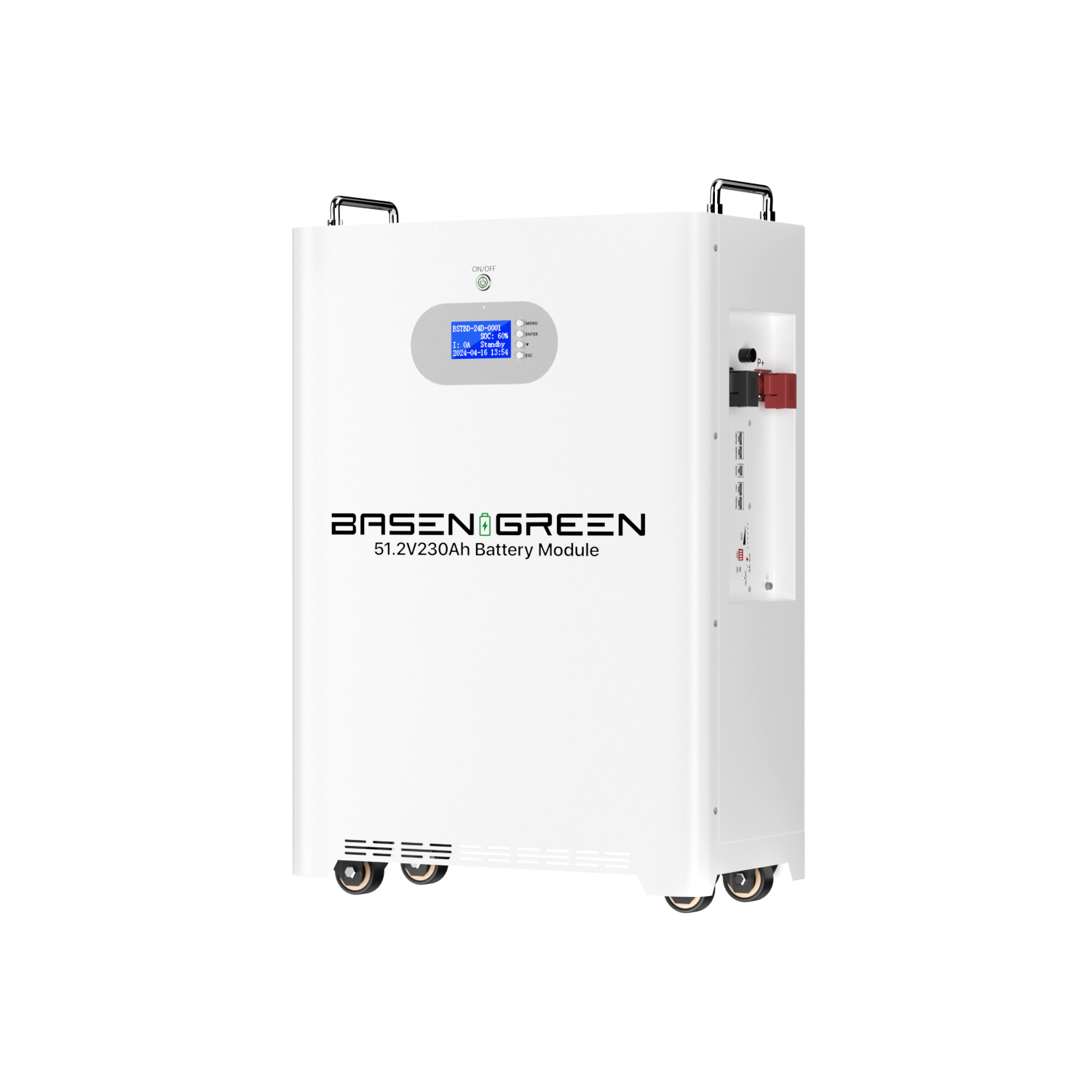
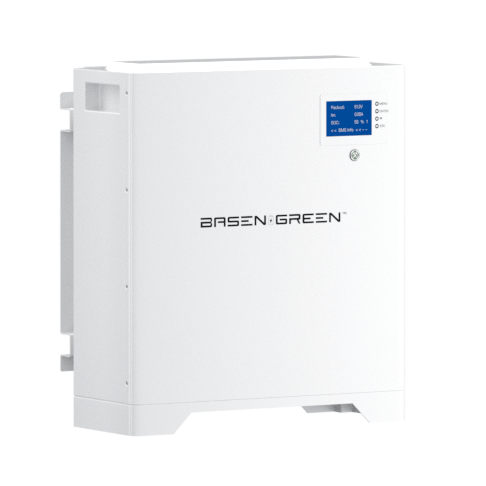
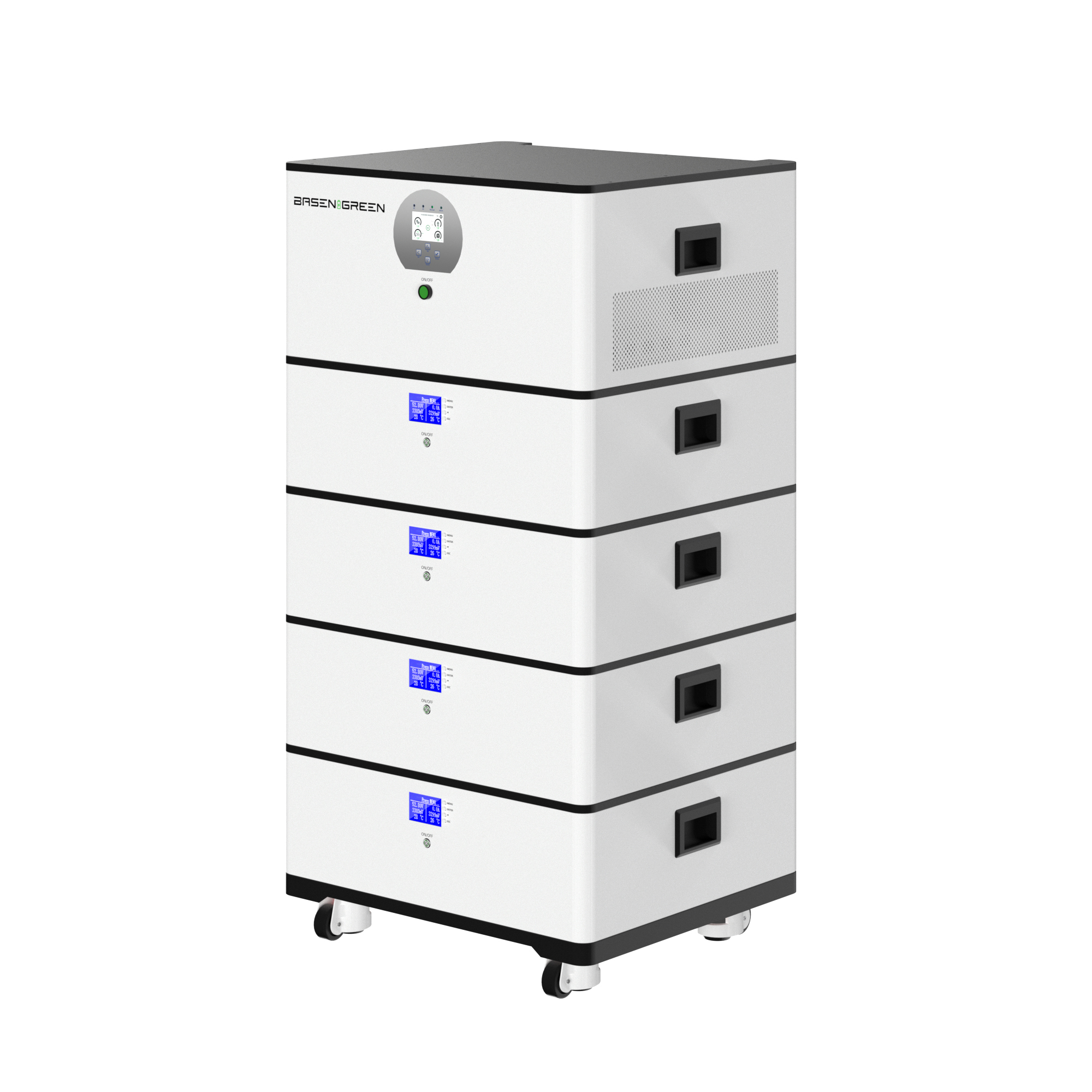

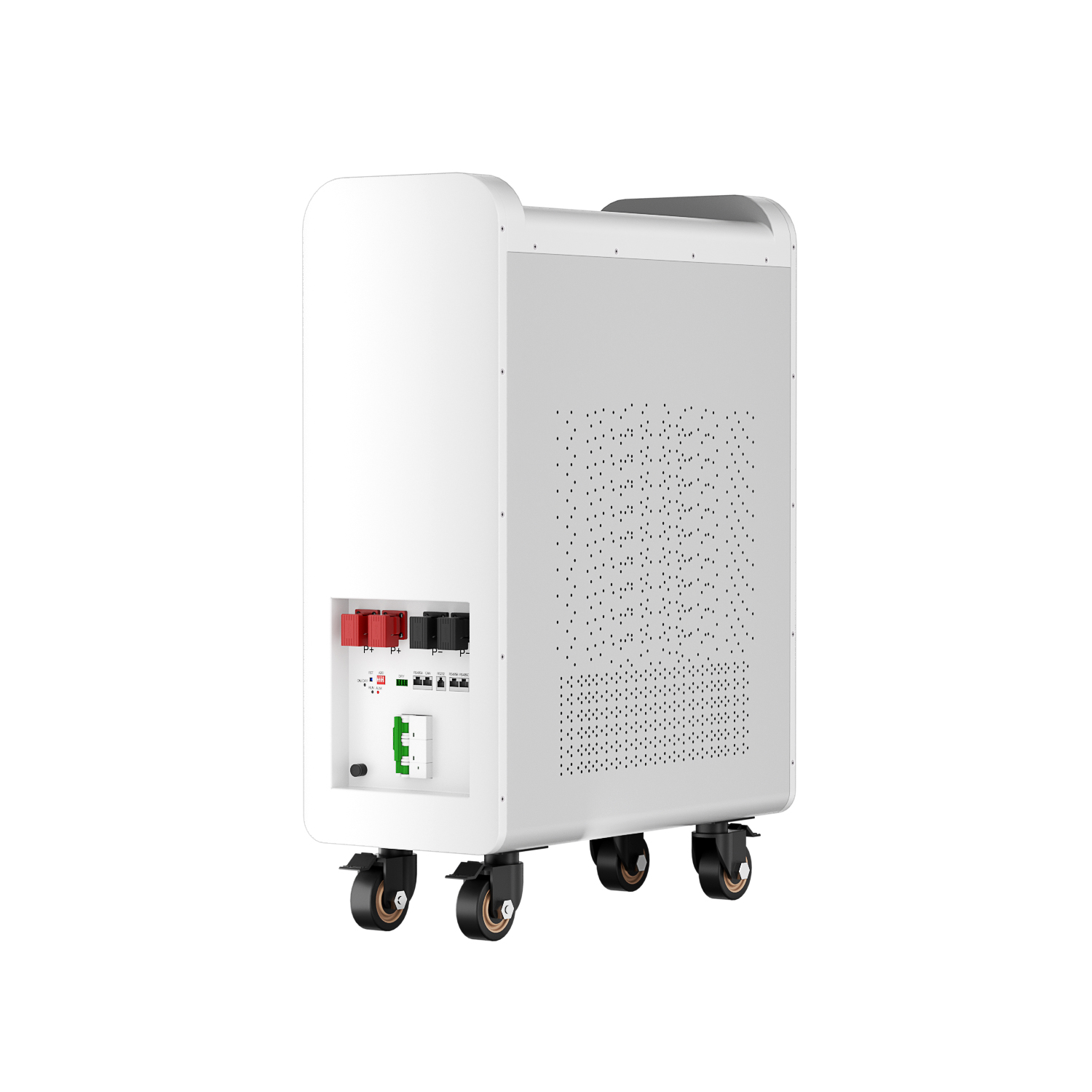
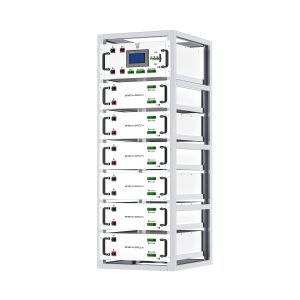
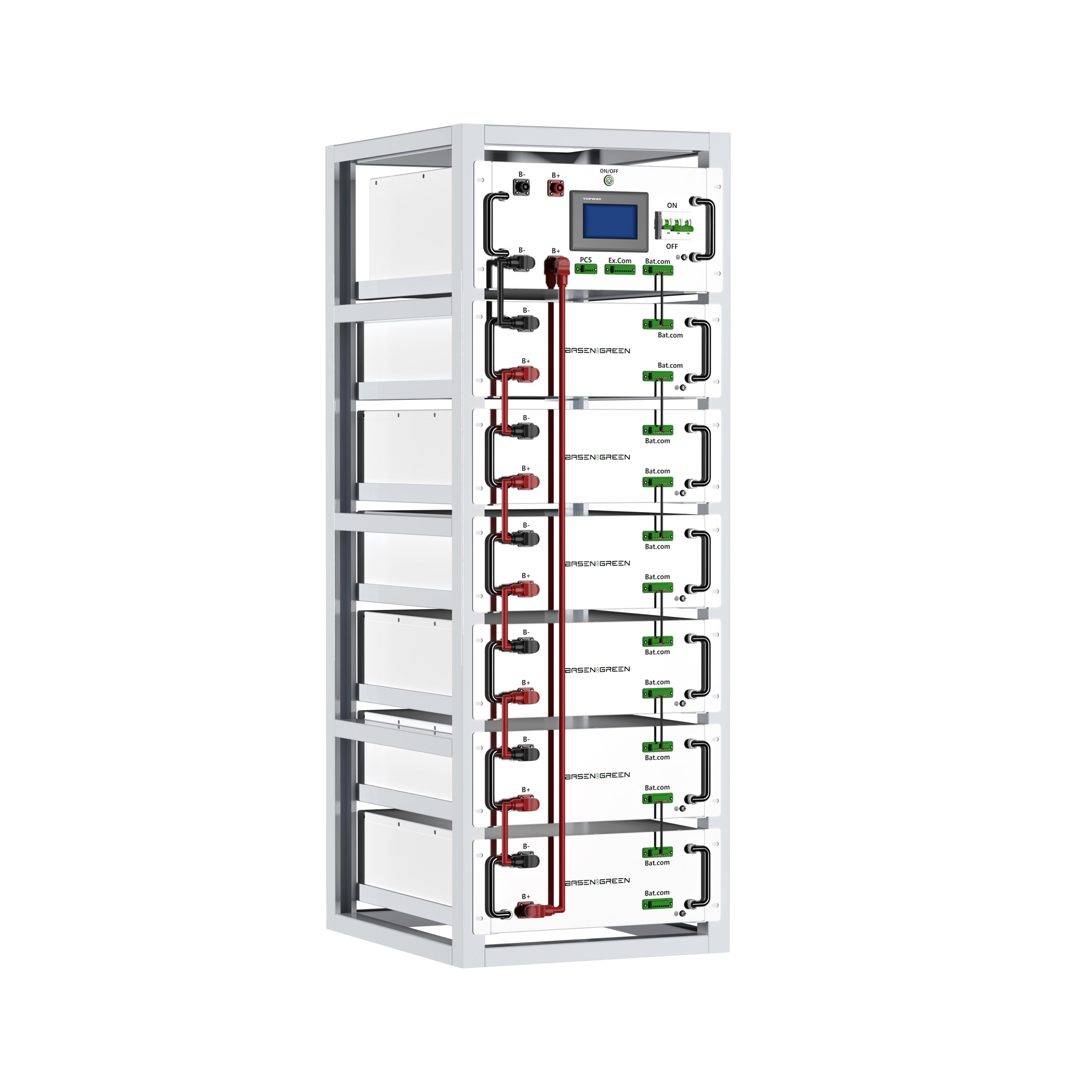
.png)
